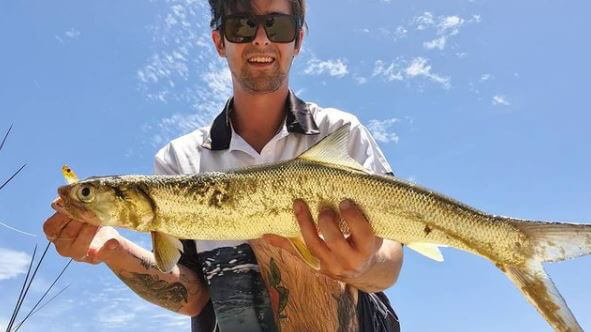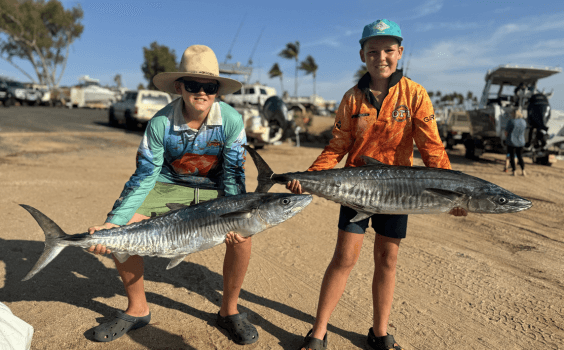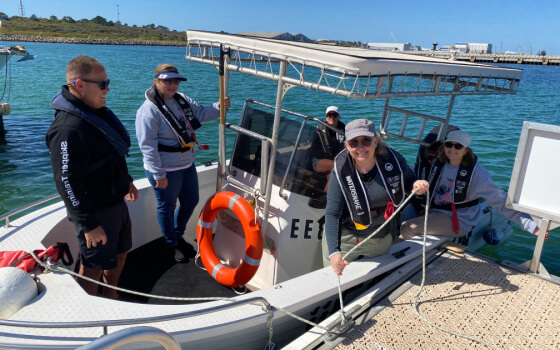Slender, silver, speed machines! Giant herring are without doubt an awesome sportfish to target, writes Western Angler editor Scott Coghlan in this week’s Scott’s Species.
Species: Giant Herring, Elops machnata
Eating: 1 star
ID: Long slender body, prominent dorsal fin, bony mouth and large forked tail.
Giant herring are found from Albany on the south coast of WA all the way around to the top of the State.
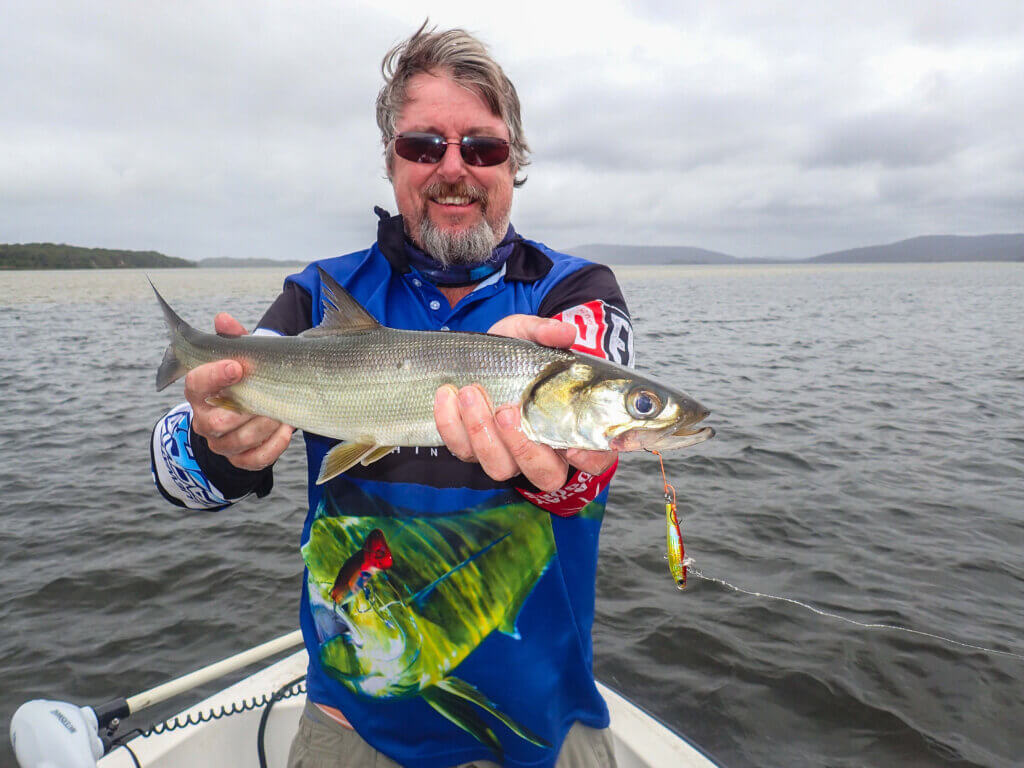
They are not a common catch on the south coast, but there are often reasonable numbers in the Nornalup Inlet.
They become more prevalent along the west coast, with good numbers in the Collie River and Leschenault Estuary at times, as well as in the Swan River most years these days.
Chasing them in the Swan in summer has become a popular pastime for light tackle sport fishers in recent years, but finding them can be challenging. At times they are everywhere and the action is insane for a metro river, but then they can be almost impossible to find at other times.
When they are around and on the bite, the big boils, bow waves, explosive strikes and stunning leaps make for an unforgettable Swan fishing experience.
For many years they seemed to vanish from the Swan system, but the last decade has seen them return strongly and in some surprisingly good sizes.
Flats are a good area to seek them out in the Swan, especially if there is a sizable drop-off nearby. We used to do well around Burswood for many years and Claremont has been another hot spot at times.
WATCH: Fishing the Swan River for giant herring
The best giant herring we have encountered have been in Exmouth Gulf, where we have caught fish to 1.2m from our kayaks. At that size they are a real trophy catch and I’ll never forget seeing my first 1m-plus giant pop up next to the kayak after hooking it trolling.
Unlike most giant herring it never jumped so I had no idea what it was until I saw it. That made me nervous as I had never caught a big one before.
Big GHs like this often show up in the Gulf. Usually an estuarine fish, they can also be found in freshwater billabongs in the northern half of the country.
Although they grow to more than 10kg and more than 1m in length, most giant herring caught are much smaller than this and any fish measuring more than 60cm is a good one, especially at the southern end of their distribution.
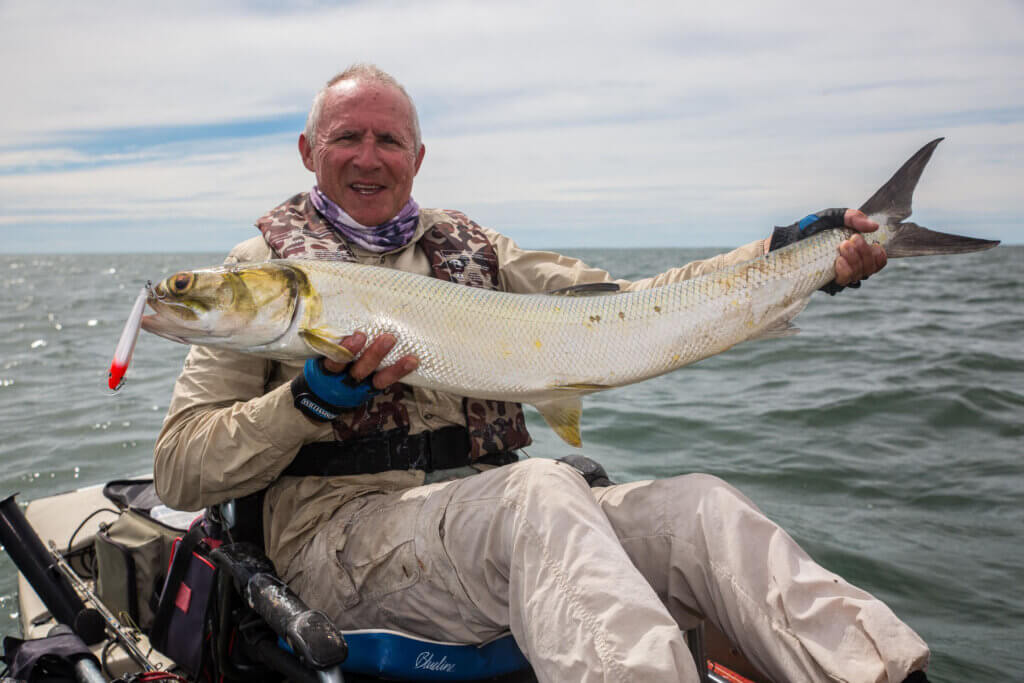
They are often found in small schools and many anglers believe they fish best when there is some chop on the water.
GHs are poor eating, but these fish are amazing fighters and offer a massive challenge on light gear. Although they are not that hard to hook initially, keeping them connected is another matter altogether.
Their bony mouths and violent head-shaking leaps throw the hooks most of the time, leaving the angler with nothing but a memory of the brief encounter.
They also have small raspy teeth that will quickly wear through thin leader. A mainline of 4kg-6kg braid or mono should be sufficient for all but the biggest fish, and mono actually offers the advantage of offering more give during the fight.
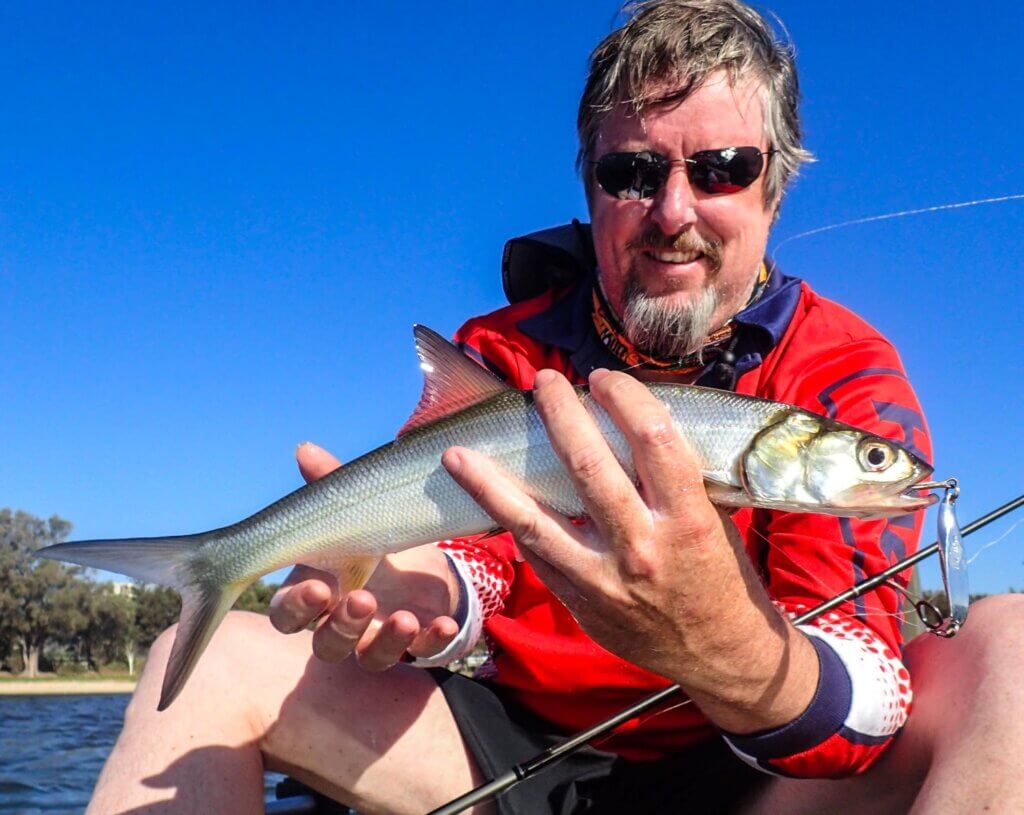
Fluorocarbon leader of around 9kg is needed. There are a numbers of lures that can be used for giant herring, including bibbed minnows from 6cm-12cm in length, poppers, stickbaits, metal slices and soft plastics.
Giant herring often respond best to a fast retrieve and casting metal slices long distances and winding them back at full speed can be a good way to seek out fish.
Bear in mind that the heavier the lure, the easier it is for the giant herring to dislodge it during the fight. Replacing the trebles with assist hooks is worth considering if giant herring are being sought.
They are a favourite of fly anglers and an eight-weight outfit would be sufficient for all but the biggest fish.
